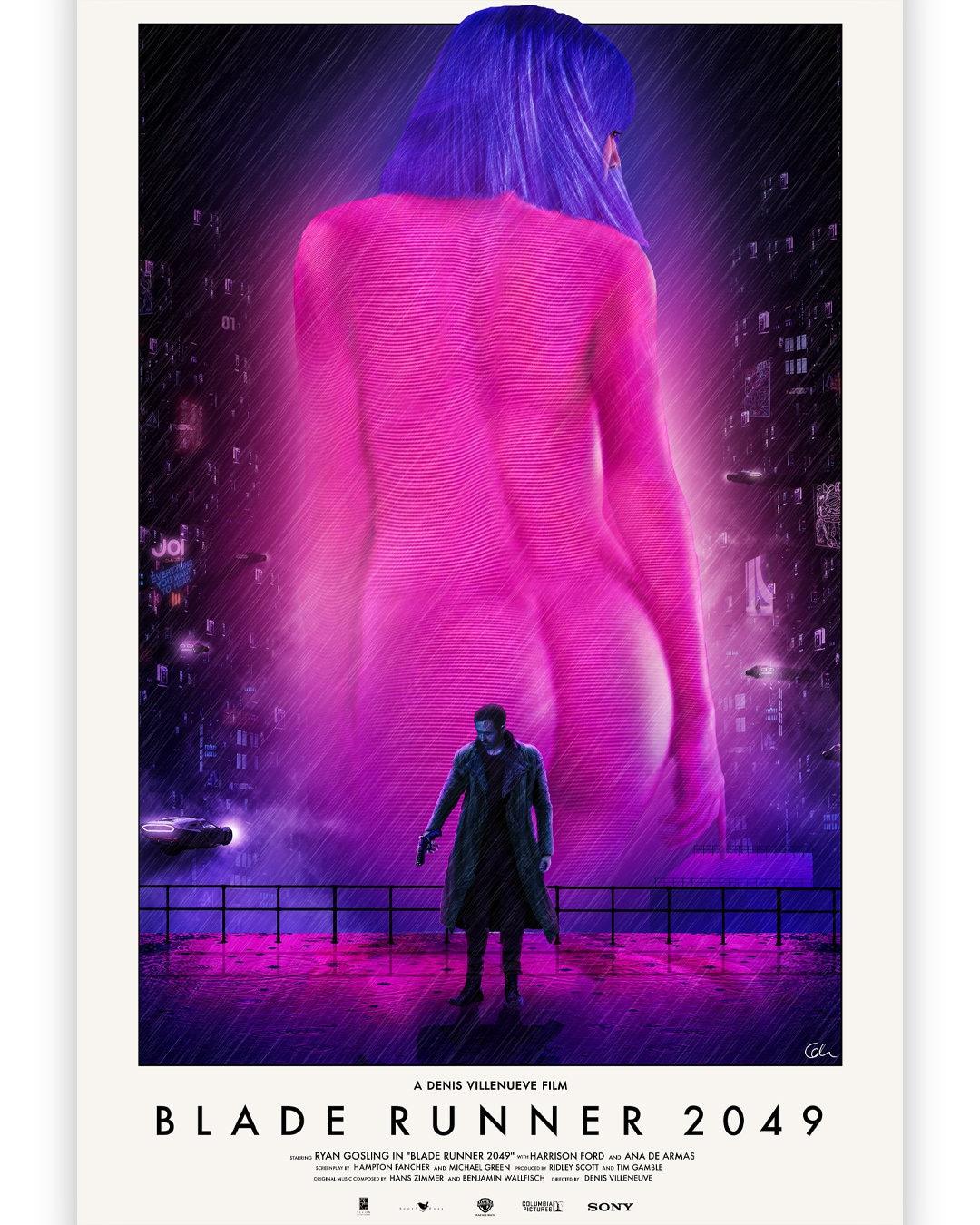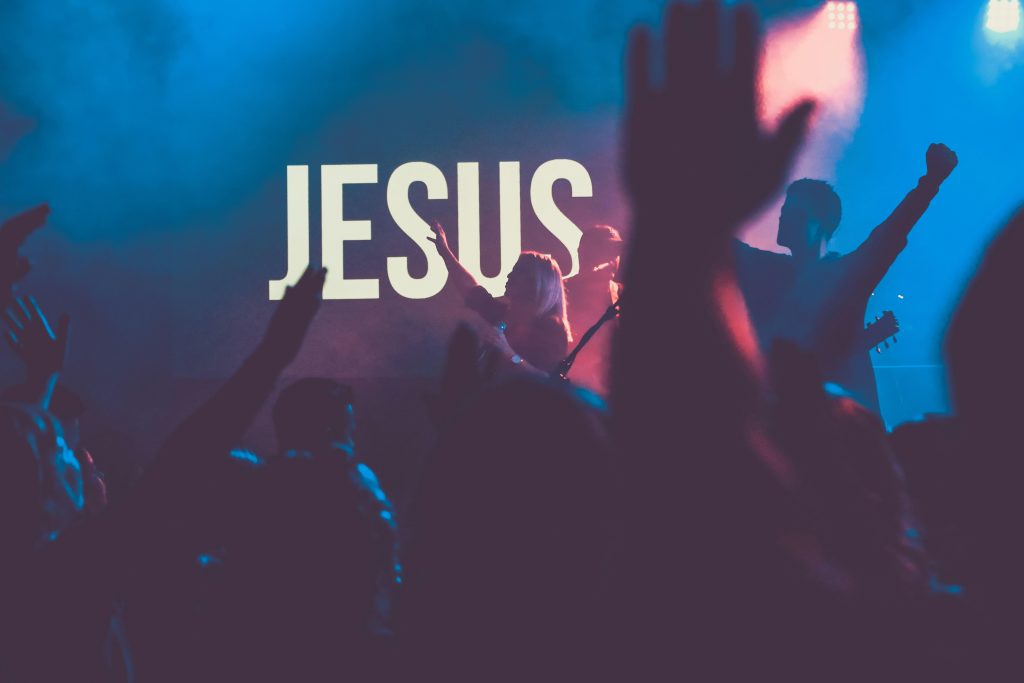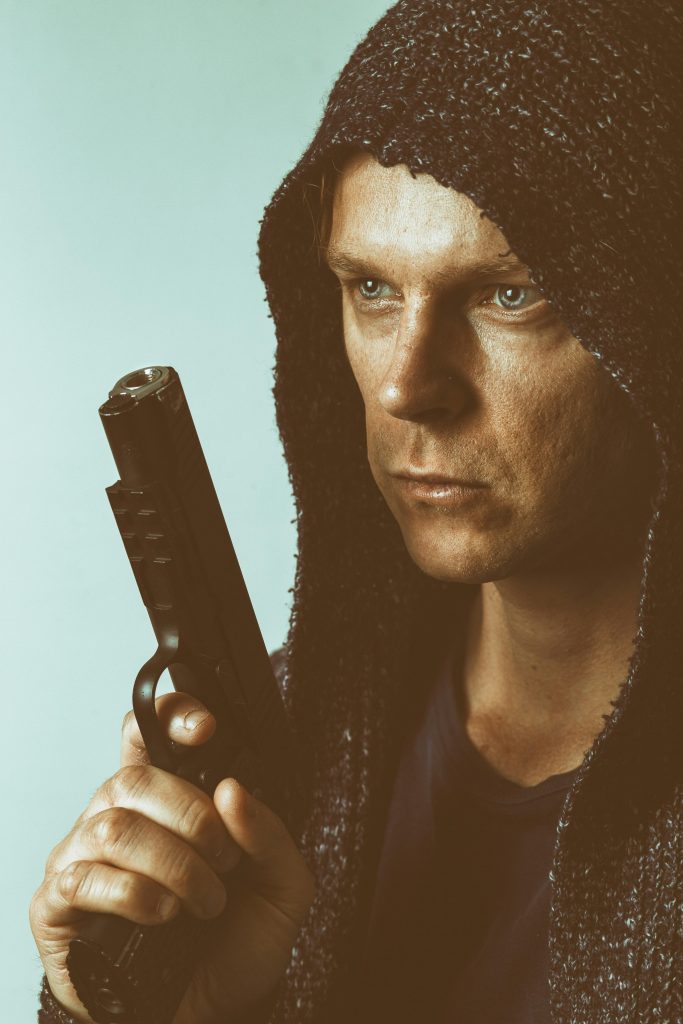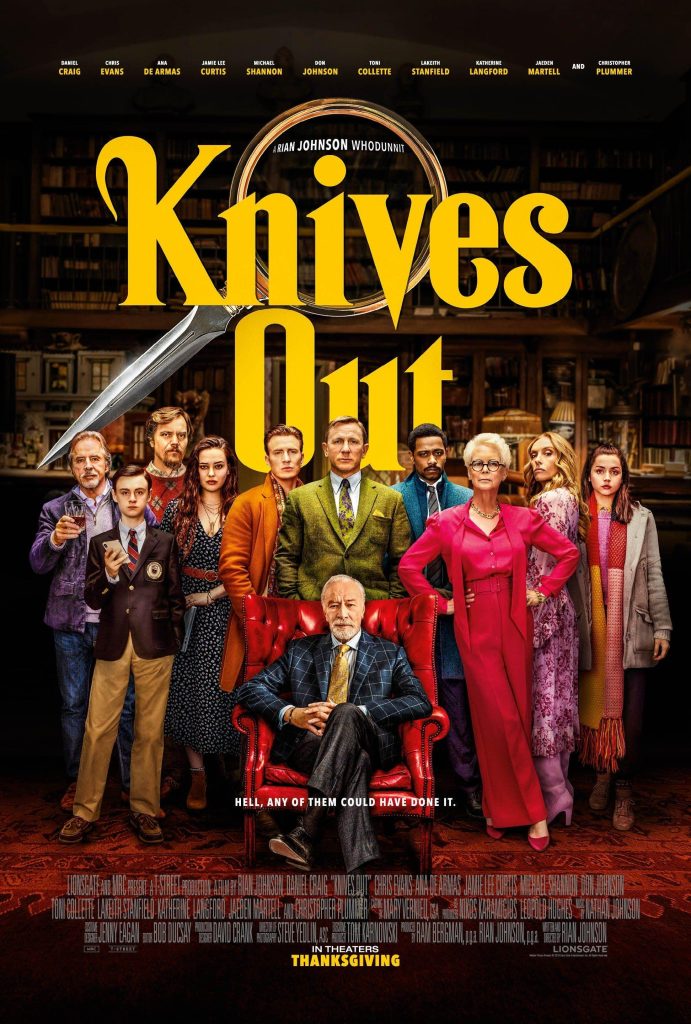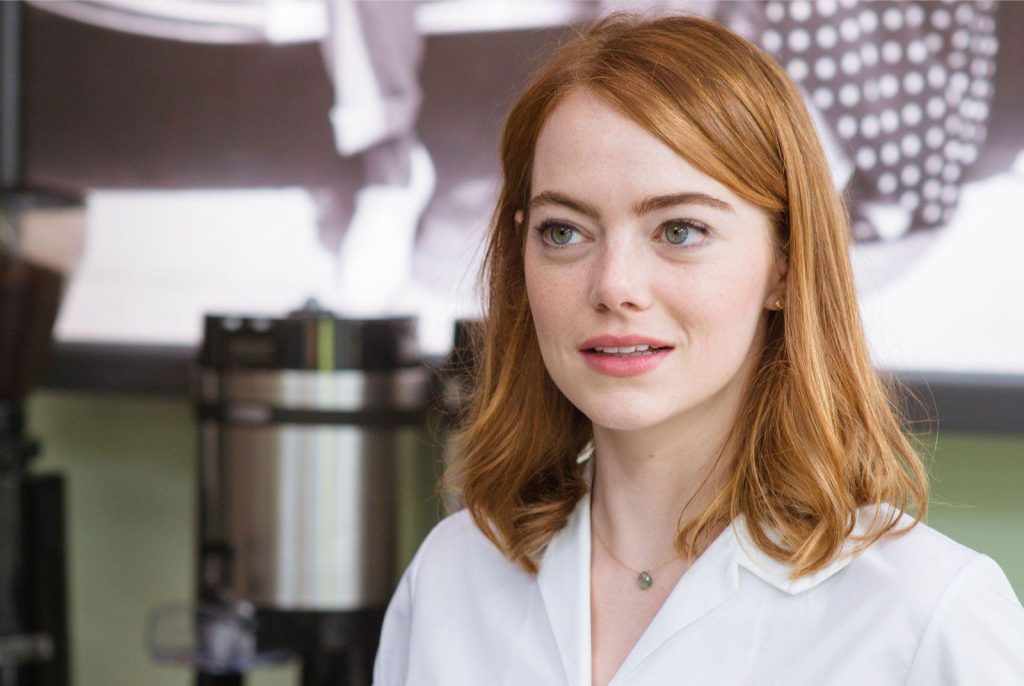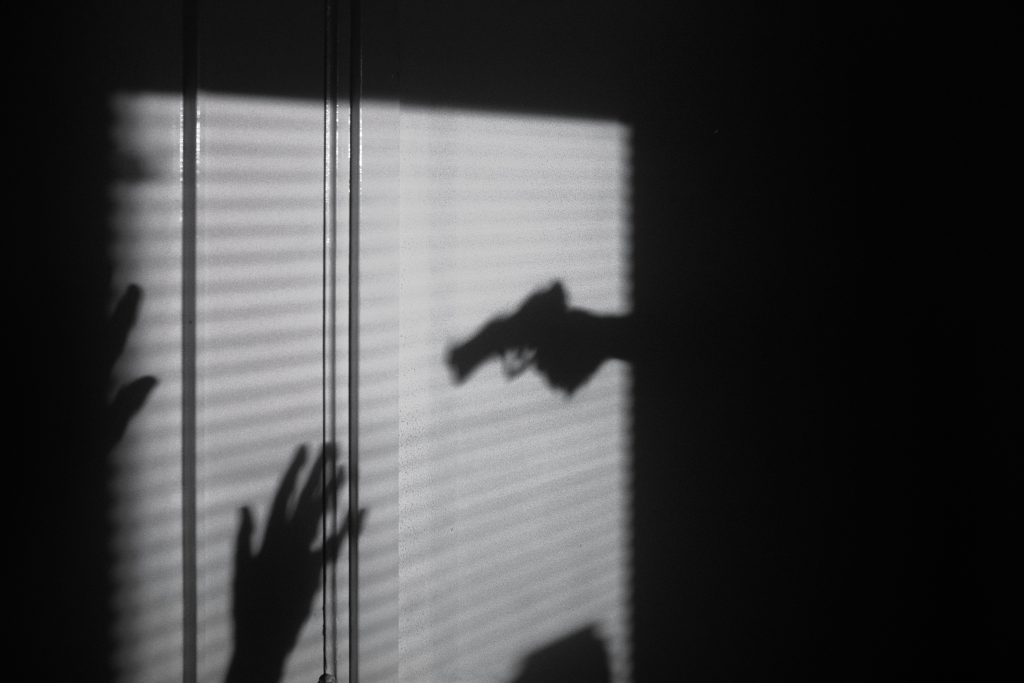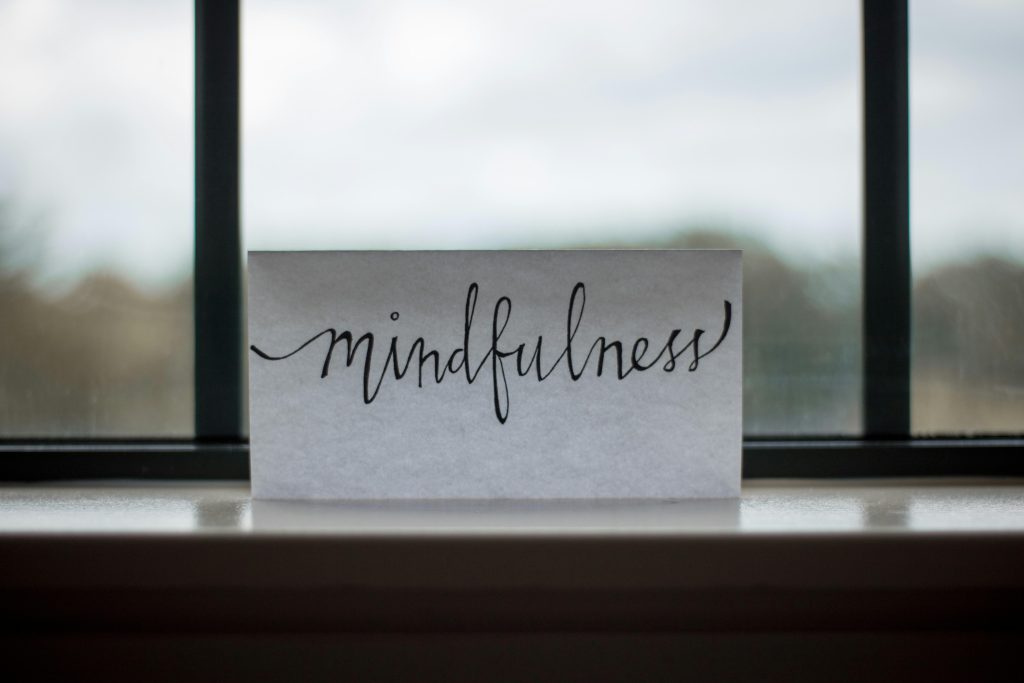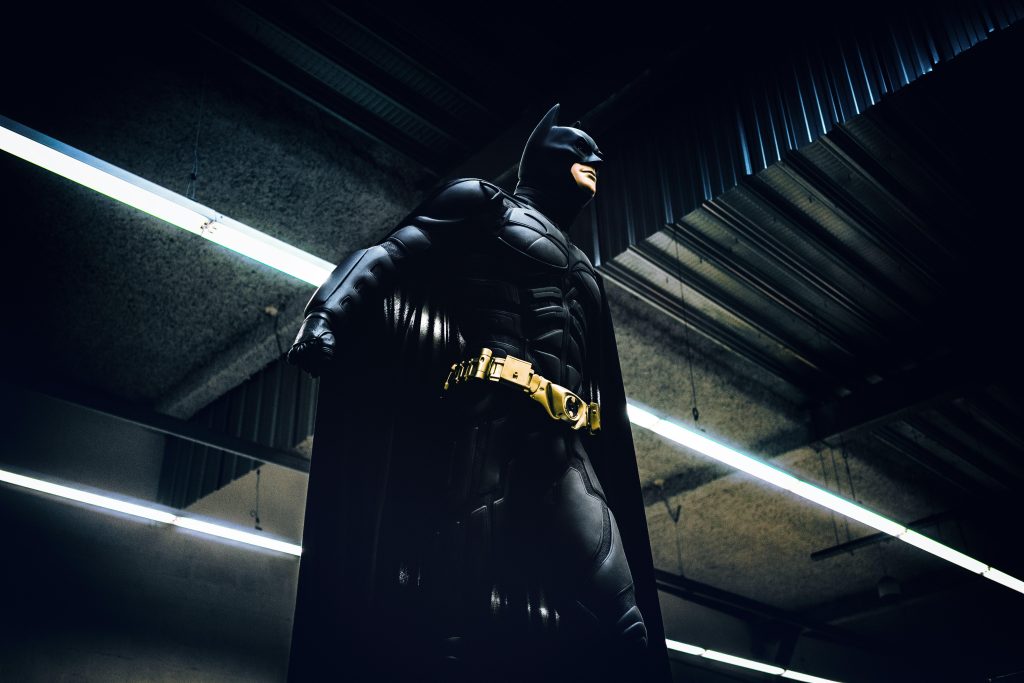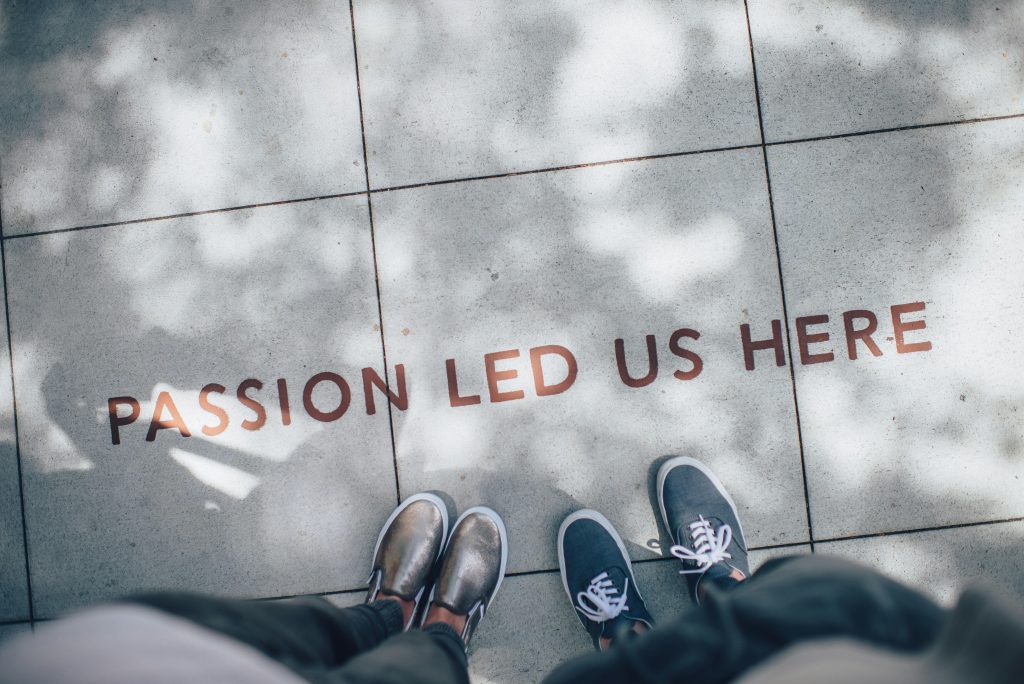In the realm of cinematic achievements, “Blade Runner 2049” stands as a towering testament to the art of visual storytelling. Directed by Denis Villeneuve, this 2017 sequel to Ridley Scott’s 1982 classic transcends mere aesthetic allure, weaving a rich tapestry of imagery that is both a homage to its predecessor and a bold reimagining of its dystopian world. Through its meticulous design, evocative cinematography, and innovative use of technology, “Blade Runner 2049” not only revitalizes the neo-noir genre but also sets a new benchmark for visual mastery in contemporary cinema. This article delves into the intricate elements that coalesce to create the film’s stunning visual narrative, exploring how each frame is meticulously crafted to evoke emotion, enhance storytelling, and immerse the audience in a future that feels both distant and unnervingly familiar. With confident precision, we analyze the film’s aesthetic choices, from its hauntingly beautiful landscapes to its nuanced color palette, revealing the profound impact these visuals have on the viewer’s experience and the film’s enduring legacy.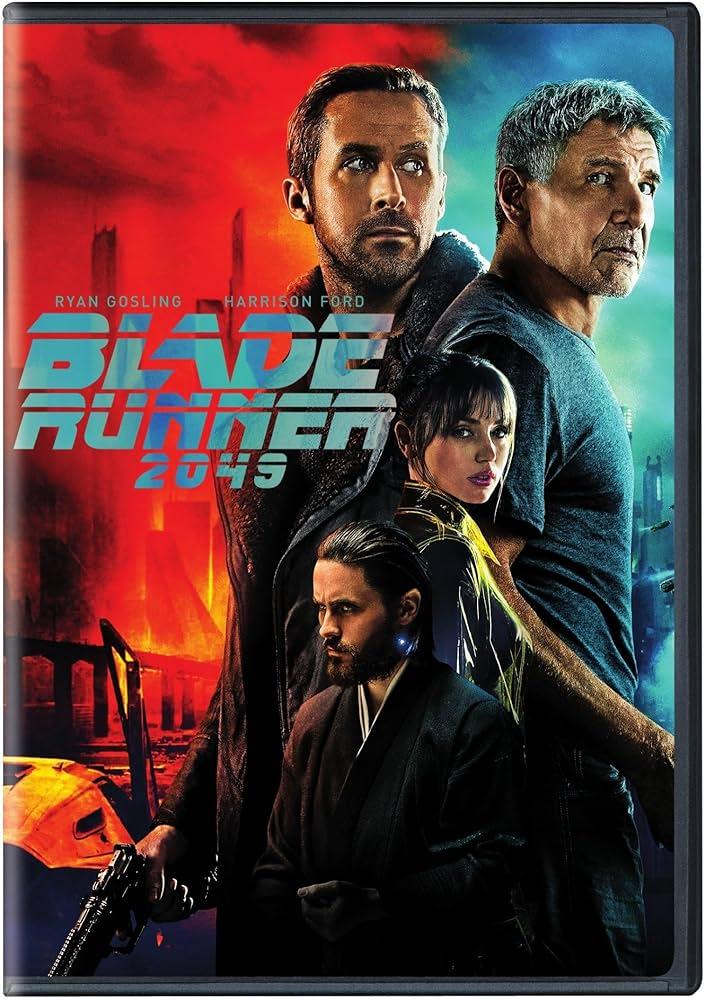
Cinematic Aesthetics and the Art of Lighting in Blade Runner 2049
The visual splendor of Blade Runner 2049 is profoundly rooted in its innovative use of lighting, which serves as a narrative device as much as it does an aesthetic choice. Cinematographer Roger Deakins, with his mastery of shadow and illumination, crafts a world where light acts as a storyteller, painting the dystopian landscape with stark contrasts and vivid hues. The interplay of neon lights against the rain-soaked streets creates a visual tension, embodying the duality of the film’s themes of hope and despair. Natural and artificial light are juxtaposed to highlight the tension between human and replicant, life and simulation, creating an immersive experience that transcends traditional cinematic boundaries.
- Symbolic Use of Color: The film employs a rich palette of colors, with each hue carrying symbolic weight. Orange and yellow hues dominate the desolate wastelands, while cold blues and greens illuminate the urban sprawl, reflecting the characters’ internal struggles.
- Dynamic Shadow Play: Shadows are not merely byproducts of lighting but are meticulously designed to enhance the mystery and depth of the narrative. They cloak characters in ambiguity, reflecting the moral complexities of their identities.
- Innovative Lighting Techniques: Deakins’s innovative use of LED panels and practical lighting fixtures creates a seamless blend of real and artificial, enhancing the film’s futuristic aesthetic while maintaining a visceral sense of realism.
Through these techniques, the film not only captivates visually but also deepens the thematic resonance of its story, making the lighting in Blade Runner 2049 an essential component of its cinematic excellence.
The Role of Color Theory in Crafting a Futuristic World
Color theory plays an integral role in the visual storytelling of Blade Runner 2049, crafting a world that feels both familiar and eerily distant. The film employs a palette that juxtaposes warm, vibrant hues with cold, muted tones, echoing the duality of humanity and technology. Denis Villeneuve, the director, masterfully utilizes color to convey complex emotions and narrative depth. For instance, the intense oranges of the desolate landscapes symbolize decay and the remnants of a once-vibrant civilization, while the neon blues and pinks of the cityscape evoke a sense of artificiality and modernity.
- Warm Tones: Reflect decay, nostalgia, and a connection to the past.
- Cool Tones: Represent technological advancement, detachment, and the future.
- Contrasting Colors: Highlight the tension between organic life and synthetic existence.
Through this calculated use of color, Blade Runner 2049 creates an immersive experience that challenges viewers to ponder the implications of a future shaped by rapid technological progress. The color choices not only serve aesthetic purposes but also act as a narrative device, guiding the audience through the film’s exploration of identity and existentialism. This strategic application of color theory underscores the film’s artistic vision, making it a quintessential example of how color can be leveraged to build a rich, textured world that resonates with viewers on multiple levels.
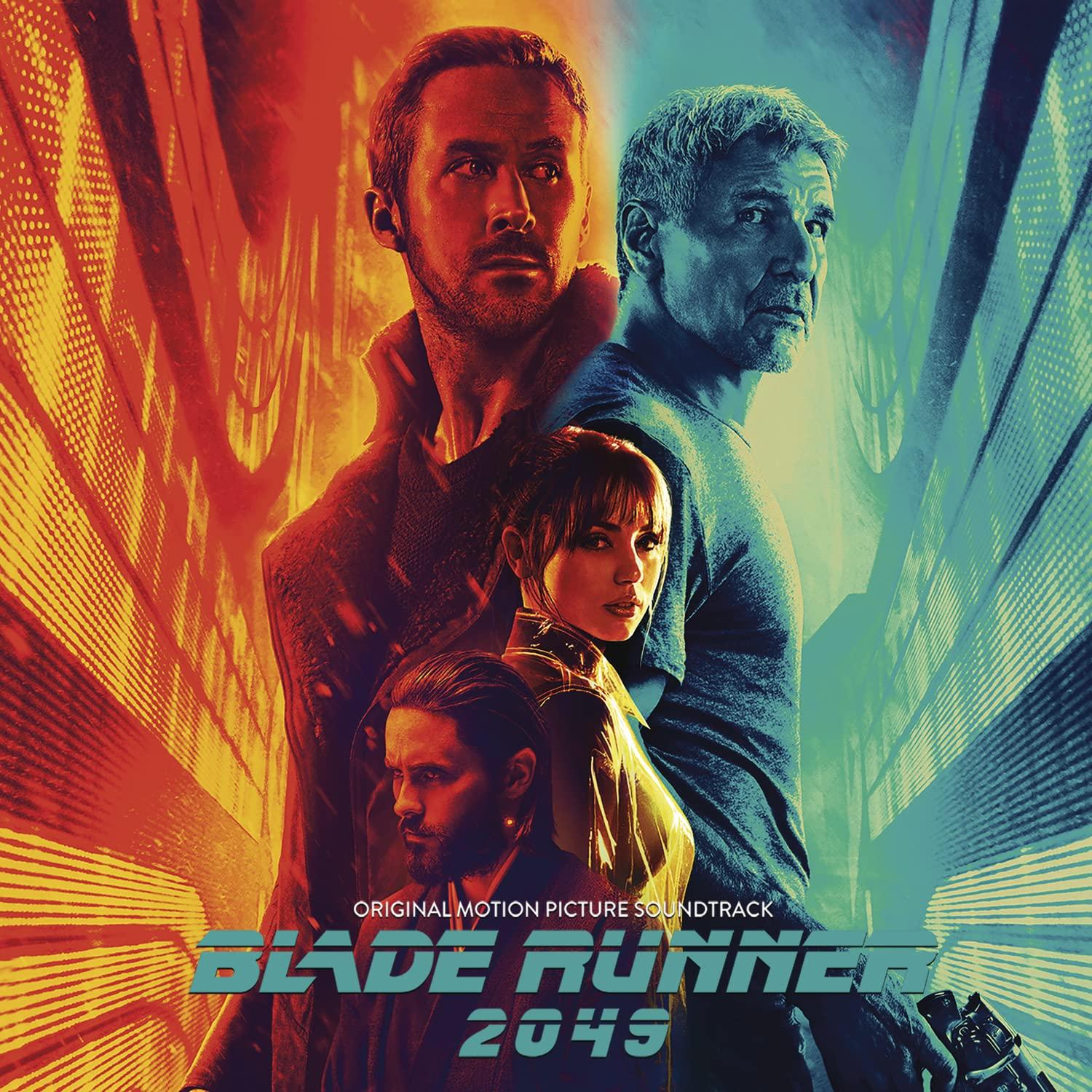
Innovative Use of Visual Effects to Enhance Storytelling
In “Blade Runner 2049,” the visual effects are not merely tools of spectacle but integral elements of the narrative. The film’s creators have masterfully woven visual elements into the storytelling fabric, making the world of 2049 as much a character as any of its human or replicant inhabitants. By utilizing cutting-edge techniques and innovative approaches, they have crafted a visual language that speaks volumes about the film’s themes of identity, memory, and the nature of reality.
- Environmental Storytelling: The dystopian landscape of Los Angeles is brought to life with stunning realism, using a blend of practical effects and CGI. The oppressive architecture and neon-lit haze do more than set the scene; they echo the film’s exploration of a future where humanity and technology are inextricably intertwined.
- Character Augmentation: Through visual effects, characters are given layers of depth. For instance, Joi, a holographic AI, is visualized with ethereal transparency that underscores her intangible nature, raising questions about the essence of existence.
- Symbolic Imagery: The use of color and light is meticulously planned to convey deeper meanings. The contrast between the cold, blue tones of the city and the warm, orange hues of the desert reflect the dichotomy between life and decay, hope and despair.
These visual elements are not isolated from the storyline but are seamlessly integrated, making them indispensable to the viewer’s experience and understanding of the film’s complex narrative. The result is a cinematic masterpiece that challenges and enchants, inviting audiences to lose themselves in a meticulously crafted world where every frame is rich with meaning.
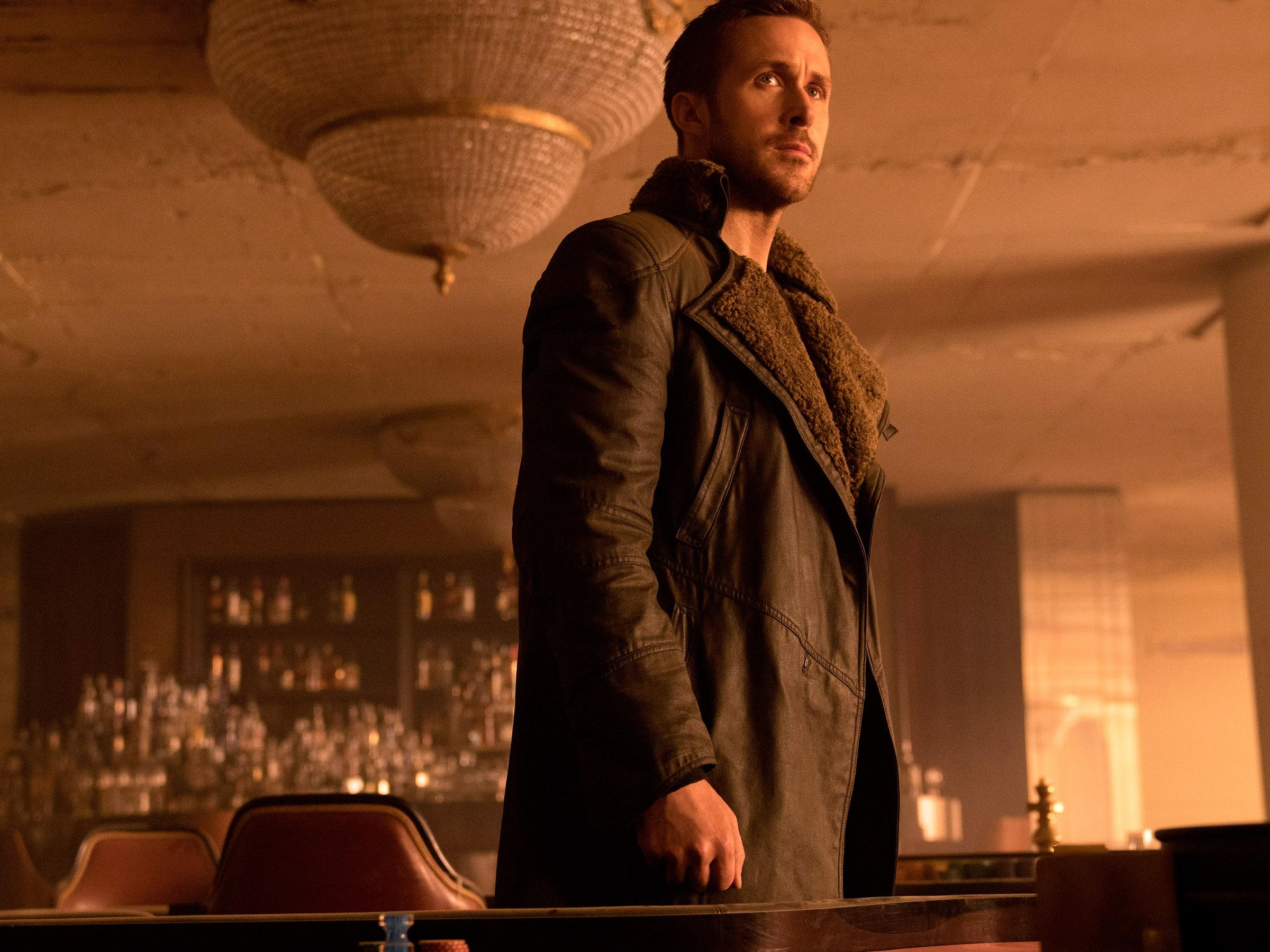
Recommendations for Aspiring Filmmakers Inspired by Blade Runner 2049
For those captivated by the visual brilliance of Blade Runner 2049, embarking on a filmmaking journey requires a meticulous approach to visual storytelling. Here are some strategies to consider:
- Embrace Visual Consistency: Develop a cohesive visual style that complements your narrative. Study the color palettes, lighting, and set designs that Blade Runner 2049 employed to create a futuristic yet tangible world.
- Master Cinematic Techniques: Pay attention to the film’s use of symmetry, composition, and framing. These elements are crucial in crafting scenes that are not only visually stunning but also enhance the storytelling.
- Innovate with Technology: Leverage the latest advancements in cinematography and special effects to bring your unique vision to life, much like the film’s seamless integration of CGI with practical effects.
- Collaborate with Skilled Artists: Work with talented production designers, cinematographers, and visual effects artists who can elevate your project, just as Roger Deakins’ cinematography did for the film.
By focusing on these aspects, aspiring filmmakers can begin to carve their own path in the world of cinema, drawing inspiration from the innovative visual storytelling that Blade Runner 2049 exemplifies.

